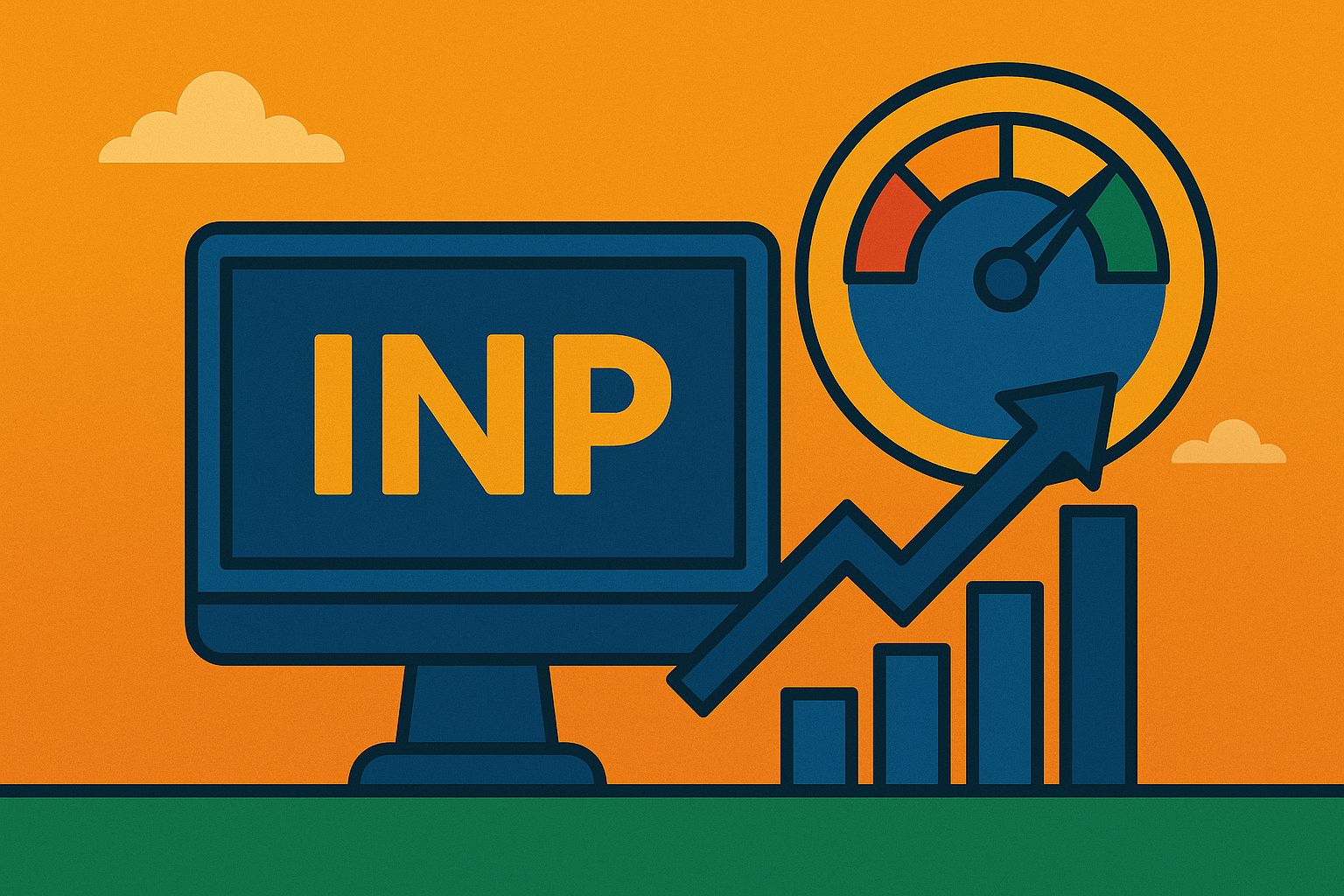Language is one of the most fundamental aspects of human existence. It not only facilitates communication but also serves as a medium for expressing thoughts, emotions, and cultural identity. Throughout history, languages have evolved to reflect the needs, values, and complexities of societies. In the present era, this evolution has accelerated due to the forces of globalization, technological advancement, and social change. As a result, what we refer to as “modern languages” today differs significantly from the languages spoken even a few decades ago. The phrase “modern languages” often brings to mind the contemporary versions of widely spoken languages such as English, Spanish, Mandarin, and French, but it encompasses much more. Modern languages are a product of dynamic processes—global interactions, digital communication, and societal shifts. The proliferation of digital platforms, the rise of social media, and the increasing interconnectedness of the world have played pivotal roles in shaping these languages. These forces have not only modified the way we use language but also expanded its scope, making it more fluid, adaptable, and influential than ever before.
Modern languages are at the heart of many transformations happening around us. As the global population becomes more interconnected, the use of language becomes less confined by national borders and traditional rules. Communication is no longer limited to face-to-face interactions or formal written exchanges. Instead, digital communication—via emails, social media, text messaging, and video conferencing—has become the norm. In this digital landscape, new terminologies, slang, and abbreviations arise frequently, contributing to a continual reshaping of language. One of the most profound impacts of modern languages is their role in bridging gaps across different regions, cultures, and disciplines. The widespread use of global languages, such as English, has made it easier for people from different parts of the world to communicate, work, and collaborate. This is particularly evident in business, education, and politics, where proficiency in a global language often opens doors to new opportunities and facilitates international cooperation. However, the influence of modern languages extends beyond just the practicalities of communication. These languages are deeply intertwined with cultural identity and social power dynamics. For many communities, language is not only a tool for communication but also a marker of heritage, history, and societal values. As certain languages become more dominant on the global stage, others risk becoming marginalized or extinct, leading to concerns about linguistic homogenization and the loss of cultural diversity. Therefore, modern languages play a complex role in preserving, transforming, and sometimes challenging cultural identities.
At the same time, the expansion of language through digital platforms has made language more inclusive and diverse. Today, people can communicate in multiple languages simultaneously, switching between languages in conversations, a practice known as code-switching. Online spaces have become melting pots of linguistic diversity, where different languages coexist and influence one another. This interaction of languages can lead to the creation of new dialects, pidgins, or even entirely new languages. It can also foster greater understanding and appreciation of different cultures and ways of thinking. Technological advancements, especially in the field of artificial intelligence, have had a significant influence on modern languages. Tools like language translation apps, virtual assistants, and automated speech recognition software have made it easier than ever for people to communicate across language barriers. These tools have brought unprecedented levels of convenience and accessibility, allowing individuals to engage in real-time conversations with speakers of other languages without needing to learn the language themselves. However, while such technologies can enhance communication, they also raise questions about the future of language learning and the depth of cultural exchange. Furthermore, the rise of social media has revolutionized how people use language. Platforms like Twitter, Facebook, Instagram, and TikTok have introduced new ways of expressing thoughts and emotions. Emojis, hashtags, memes, and GIFs have become integral parts of communication, often conveying meaning more effectively than words alone. These symbols and abbreviations are now an essential part of modern language, allowing people to communicate quickly and efficiently, especially in a fast-paced digital environment. However, the speed and brevity of digital communication have also led to concerns about the simplification of language and the erosion of traditional grammar and spelling skills, particularly among younger generations. Education systems around the world have also been shaped by the evolving nature of modern languages. In many countries, learning a second or third language is becoming a necessity rather than a choice. The rise of global trade, international collaboration, and cultural exchange has made multilingualism a valuable asset in the modern job market. Educational institutions are increasingly focusing on teaching global languages like English, Mandarin, Spanish, and French, recognizing their importance in preparing students for a globally connected world. At the same time, language education has evolved with the times, incorporating technology-driven tools like language learning apps, online courses, and virtual classrooms, which have made language learning more accessible to people around the world.
However, the spread of global languages and the focus on multilingualism have also raised concerns about linguistic inequality. In many parts of the world, proficiency in a global language, particularly English, is often associated with economic mobility and social status. Those who cannot speak these languages may face barriers to accessing education, employment, and other opportunities. This linguistic divide can exacerbate existing social inequalities, particularly in developing countries, where access to language education may be limited. Therefore, while modern languages have the potential to unite people, they can also reinforce existing divisions if not approached inclusively. The economic impact of modern languages is another crucial aspect of their influence on society. In the global marketplace, language proficiency is not just a skill; it is a key asset that can determine a company’s ability to operate internationally. For businesses operating in multiple countries, language serves as a bridge to reaching new customers, understanding local markets, and fostering strong relationships with international partners. In tourism, hospitality, and international trade, language skills are critical for customer service and building trust with diverse clientele. Consequently, companies and industries that invest in language training and cultural competence often see significant benefits in terms of profitability and global reach.
- The Evolution of Modern Languages
The first step to understanding the impact of modern languages is to explore their evolution. Historically, languages have always been dynamic, evolving through human migration, trade, conquests, and cultural exchanges. However, modern languages are shaped by new and unique forces, primarily technological advancements and globalization.
With the rise of the internet and digital communication, traditional language barriers have broken down. English, for instance, has become the lingua franca of the digital age, and other languages like Spanish, Chinese, and French have also expanded in influence. Online platforms, social media, and even AI-driven language tools such as translation apps have played a significant role in shaping and transforming languages. New slang, abbreviations, and terminologies are born daily as people adapt their languages to the fast-paced, ever-connected world.
- Technology’s Influence on Language
Technology’s role in shaping modern languages cannot be overstated. From the widespread use of abbreviations in text messaging (“lol,” “brb”) to the emergence of entirely new ways of communicating (e.g., memes, emojis, GIFs), the digital age has significantly altered language structures and expressions.
Moreover, artificial intelligence (AI) and natural language processing (NLP) have revolutionized communication. AI-powered tools like Google Translate and virtual assistants like Siri and Alexa have made it easier for people to communicate across language barriers. These tools provide real-time translation, transcription, and voice recognition, facilitating global interactions in ways that were once unimaginable.
However, while technology has enhanced communication, it also poses risks. The simplification of language through social media and digital platforms has led to concerns about linguistic erosion. For instance, younger generations may rely more on shortened forms of language, impacting grammar and spelling skills in formal writing. Nonetheless, technology’s positive impact on multilingual communication and inclusivity remains a significant achievement of modern society.
- The Role of Modern Languages in Globalization
Globalization has created a more interconnected world, where businesses, governments, and individuals must communicate across cultures. Modern languages serve as the key to facilitating this global exchange of ideas, goods, and services. English, as the dominant language of business and diplomacy, has become an essential skill in the global marketplace. Proficiency in English is now a critical factor in economic mobility, professional opportunities, and international collaboration.
However, the dominance of a few global languages, particularly English, raises concerns about linguistic homogenization. Thousands of indigenous languages around the world face extinction as global languages overshadow local dialects. The loss of language is often synonymous with the loss of cultural identity, traditions, and history. The preservation of minority languages, therefore, remains a pressing issue in modern society, even as globalization continues to advance.
At the same time, multilingualism has become a valuable asset. In countries like India, Switzerland, and Canada, the coexistence of multiple languages within a single nation reflects the richness of cultural diversity. Learning additional languages can enhance cognitive abilities, foster greater cultural awareness, and increase social mobility. As businesses expand globally, the ability to speak multiple languages has become a highly sought-after skill.
- Impact on Education and Learning
Education systems worldwide have adapted to meet the challenges of an increasingly interconnected world. Modern languages are not just a subject to be studied; they are essential tools for academic and professional success. Schools and universities emphasize language learning, with programs that encourage bilingualism and even trilingualism.
In some regions, immersion programs aim to teach children multiple languages from an early age, capitalizing on the brain’s natural ability to learn new languages. This is particularly evident in countries like Finland, Luxembourg, and Singapore, where students are often fluent in multiple languages by the time they graduate high school.
However, the digital age has also introduced new ways of language learning. Online platforms such as Duolingo, Rosetta Stone, and Babbel have democratized access to language education. These apps allow users to learn at their own pace, breaking traditional barriers to education. Additionally, virtual classrooms and language exchange programs enable students to practice languages with native speakers from around the world.
Yet, the rise of technology in education also presents challenges. While learning apps are effective, they often lack the immersive, interactive environment necessary to achieve fluency. Therefore, a balance between traditional language learning and digital tools remains crucial.
- Cultural Identity and Language
Language is a crucial marker of cultural identity. The languages we speak define who we are, shaping our perceptions of the world and our place within it. For many communities, language is closely tied to cultural traditions, history, and societal values. However, in the age of modern languages, cultural identities are often in flux.
The spread of global languages such as English, Spanish, and Mandarin has led to cultural blending, where local traditions merge with global influences. For example, in pop culture, we see a growing trend of multilingual music, films, and literature. Korean, Spanish, and Hindi songs are topping global music charts, reflecting the fusion of linguistic diversity in entertainment.
However, this blending can sometimes lead to cultural dissonance. For instance, younger generations in non-English-speaking countries may adopt English phrases, customs, and ideals, potentially distancing themselves from their native cultures. The challenge lies in maintaining cultural heritage while embracing the benefits of modern linguistic influence.
- Modern Languages and Social Movements
Languages are more than just a tool for communication; they are a means for social change. Modern languages have played a significant role in amplifying voices during social movements. Social media platforms like Twitter, Instagram, and TikTok enable activists to reach global audiences in real-time, raising awareness about issues such as climate change, racial equality, and gender rights.
Hashtags, memes, and viral content allow people to express complex ideas concisely and creatively. This language evolution is particularly evident in the younger generation, who use social media as their primary means of advocacy. However, while digital activism brings visibility to important issues, the challenge remains in turning online engagement into real-world action.
Furthermore, modern languages have reshaped political discourse. Politicians increasingly rely on social media to communicate with constituents, often using simplified language to connect with a broader audience. This has raised concerns about the oversimplification of complex political issues and the spread of misinformation.
- Economic Impact of Modern Languages
The economic implications of modern languages are profound. In a globalized world, proficiency in certain languages can lead to better job opportunities, higher wages, and broader career prospects. English is often considered the “language of business,” with many multinational corporations requiring employees to have a working knowledge of the language.
In sectors such as tourism, hospitality, and international trade, language skills are a critical asset. A multilingual workforce can engage with a broader customer base, facilitating smoother transactions and improved customer satisfaction. The economic value of language extends beyond just communication—it’s a driving force in marketing, branding, and customer engagement.
However, this also means that countries or communities with limited access to language education may face economic disadvantages. The digital divide, particularly in developing nations, hinders individuals from learning modern languages, thus limiting their participation in the global economy.
Conclusion
The impact of modern languages on society today is profound and multifaceted. From technology and globalization to education and cultural identity, languages shape how we communicate, learn, and interact with the world. While modern languages have opened new avenues for global collaboration, they also present challenges such as linguistic erosion and cultural homogenization. As we continue to embrace the benefits of modern languages, it is essential to strike a balance between embracing global linguistic trends and preserving the rich diversity of local languages. In an interconnected world, languages will continue to evolve, and their impact on society will remain a topic of ongoing analysis.




